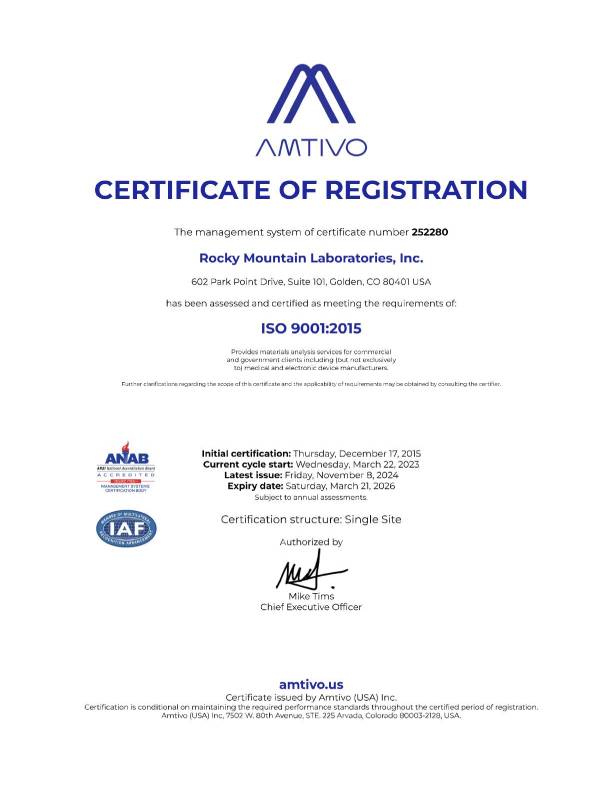EDS (Energy Dispersive X-ray Spectroscopy) and XPS (X-ray Photoelectron Spectroscopy) are both techniques used for surface analysis, but they have different principles and provide distinct information about a material’s composition. Here are the key differences between EDS and XPS analysis:
- Principle of Analysis:
- EDS: EDS is based on the interaction of high-energy electrons with a sample. When the sample is bombarded with electrons, inner-shell electrons are ejected, and characteristic X-rays are emitted. EDS analyzes these X-rays to determine the elemental composition of the material.
- XPS: XPS, on the other hand, is based on the photoelectric effect. X-ray photons are used to irradiate a sample, causing the ejection of photoelectrons from the outermost atomic layers. The kinetic energy and number of ejected electrons are measured, providing information about the elemental composition and chemical state of the surface.
- Depth of Analysis:
- EDS: EDS provides information from a relatively shallow depth in the sample, typically on the order of micrometers. It is not inherently a surface-sensitive technique and can analyze a broader volume of material.
- XPS: XPS is more surface-sensitive compared to EDS. The technique is sensitive to the top 1-10 nanometers of a sample, making it ideal for analyzing the surface composition and chemical states.
- Chemical Information:
- EDS: EDS provides elemental information, indicating the types of elements present in the sample. It does not provide detailed chemical information about the chemical states of the elements.
- XPS: XPS provides both elemental and chemical state information. By analyzing the binding energies of the photoelectrons, XPS can reveal details about the chemical environment of the elements on the sample surface.
- Applications:
- EDS: EDS is often used in conjunction with electron microscopes (e.g., SEM) and is applied for the analysis of bulk materials, particulate samples, and microstructures.
- XPS: XPS is commonly employed for surface analysis, especially for studies in materials science, chemistry, and physics. It is useful for investigating surface cleanliness, chemical composition, and the presence of contaminants.
- Instrumentation:
- EDS: EDS is typically coupled with electron microscopes, allowing for spatially resolved elemental analysis with high spatial resolution.
- XPS: XPS instruments are standalone systems equipped with X-ray sources and electron analyzers. They are designed specifically for surface analysis and can provide detailed information about the chemical composition of the top layers of a sample.
While both EDS and XPS are analytical techniques used for material characterization, they differ in their principles, depth of analysis, and the information they provide. EDS is more suited for bulk analysis and microscale studies, while XPS is a surface-sensitive technique that provides detailed chemical information about the top layers of a sample.
Find out more at our Energy Dispersive X-ray Spectroscopy Analysis Laboratory



